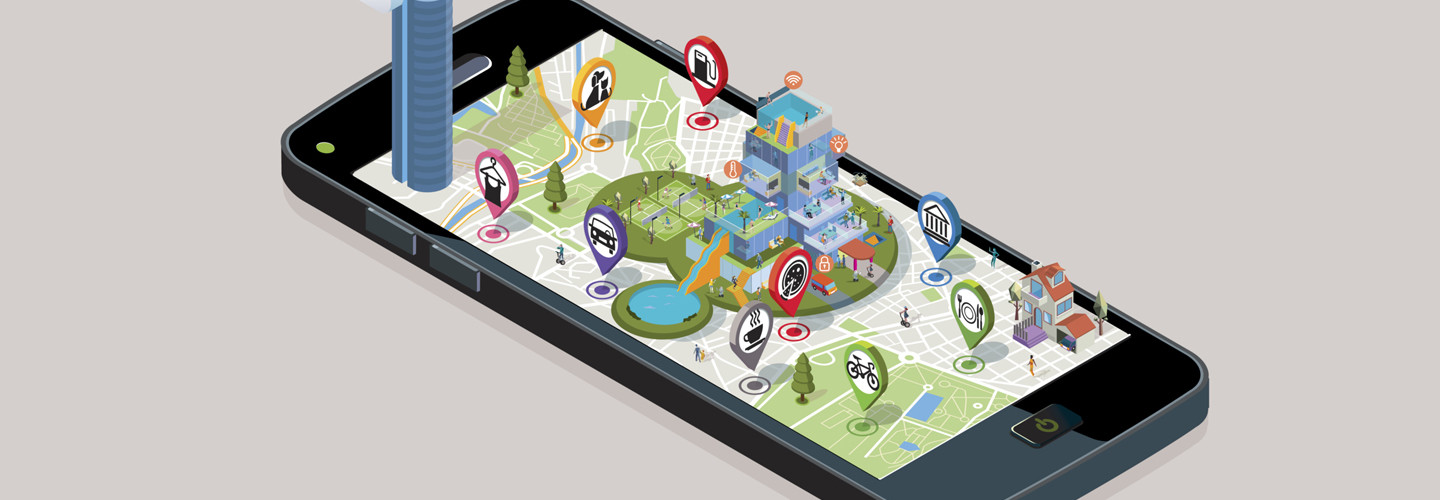The Internet of Things: It’s Not Quite Here Yet, But It’s Definitely Coming
When it comes to technology, the cycle is often the same: A new innovation hits the market and, fueled by media and manufacturer buildup, people go absolutely wild — but then nothing happens. The hype fades, and people go back to their lives.
That scenario has played out for any number of emerging technologies, and it appears to be happening again for 2015’s tech darling: the Internet of Things (IoT).
The New Media Consortium knocked the IoT off its list of key educational technologies in the 2015 Higher Education Edition Horizon Report. That’s pretty significant, considering the 2012 report projected that the IoT would achieve mainstream adoption within four to five years. But should higher ed view the downgrade as a nail in the coffin of campus IoT? I don’t think so.
For one thing, smart objects are everywhere. Gartner predicts that the number of connected devices in use worldwide will soar to 6.4 billion in 2016 — that breaks down to 5.5 million new things going live every day. Looking further down the line, Gartner foresees there being 20.8 billion connected devices worldwide by 2020.
What the IoT Means for Higher Ed
Considering students tend to be early adopters of new technology, it’s likely that the surge in smart objects will hit higher ed fast, and hit it hard.
After all, Refuel Agency reports that the average college student already brings seven Internet-connected devices to campus. That number likely includes smartwatches and other wearables designed to track health and fitness. And my colleague Dave Doucette blogged about the many ways colleges and universities are leveraging the technology to create more efficient, convenient residence halls.
Looking forward, I can only imagine how the IoT will reshape higher ed.
I find it likely that more institutions will begin deploying connected security equipment, such as cameras, access controls, locks and other monitoring devices. IT departments might also seek to lessen their workloads by installing IoT-enabled classroom technologies that can be upgraded and repaired remotely. Even facilities maintenance staff will benefit from the IoT’s monitoring and control capabilities, as higher ed institutions install technologies such as smart HVAC systems and water and energy meters that can not only streamline repairs but also lower resource consumption.
How to Prepare for the IoT
However colleges and universities decide to incorporate the technology, the IoT is sure to rapidly alter business processes. For that reason, higher ed institutions should considering proactively adjusting their change management programs and providing training and professional development opportunities that will help staff evolve with the new technology.
Improvements to campus infrastructure will also be instrumental to IoT success. Dave’s earlier post discussed ways colleges and universities can respond to increasing bandwidth demands and security concerns, but those aren’t the only areas that deserve attention: Higher ed will also need a new approach to storage.
From the sensors involved in facilities maintenance to the smart TVs sitting in students’ dormitories, connected devices are producing vast amounts of data every day. That stash will only expand as the technology matures and smart objects move from tracking raw data to reporting higher-level insights.
College and universities can prepare for this influx of data by moving from on-premises storage solutions to the private or public cloud. Leaning on the expertise of technology partners can help IT decision-makers better identify options that will not only expand the institution’s storage capabilities but also lower its costs and promote mobility. And making the move early will help ensure that colleges and universities experience the full value of the IoT, once the technology comes to bear.
This article is part of EdTech: Focus on Higher Education’s UniversITy blog series.









